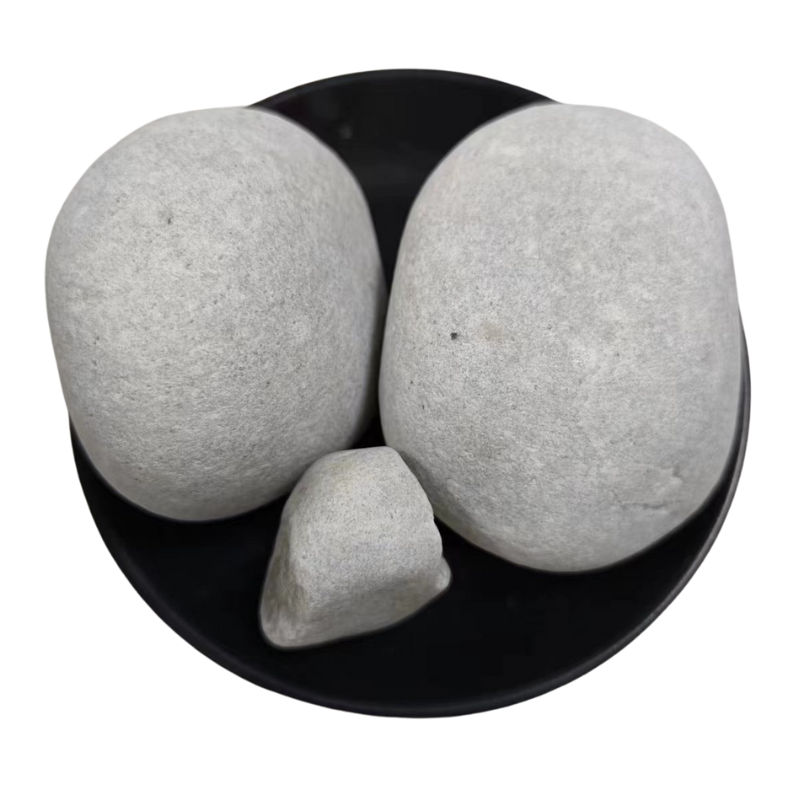
Understanding the Properties and Uses of Quartz CAS Number in Various Applications
Understanding Quartz Its CAS Number and Significance
Quartz is a mineral that is ubiquitous in the Earth’s crust and plays an essential role in various industrial applications. With a chemical composition of silicon dioxide (SiO2), quartz is one of the most abundant minerals found on the planet. Its unique properties, such as durability, resistance to weathering, and piezoelectric characteristics, make it highly valuable in numerous fields ranging from electronics to construction.
What is CAS Number?
The Chemical Abstracts Service (CAS) provides a unique numerical identifier for every chemical substance known, called the CAS Number. This number is an essential tool for researchers, manufacturers, and regulatory bodies, facilitating easier communication and identification of chemicals. For quartz, the CAS Number is 14808-60-7. This particular identifier helps ensure that discussions regarding quartz are clear and unambiguous, particularly in research and safety regulations.
Properties of Quartz
Quartz exhibits a remarkable array of physical and chemical properties. It is hard, scoring a 7 on the Mohs hardness scale, which makes it resistant to scratches and wear. This characteristic is why quartz is commonly used in the production of glass, ceramics, and other durable materials. Additionally, quartz is chemically inert, meaning it doesn’t easily react with other substances, which adds to its utility in various environments.
One of the most fascinating features of quartz is its piezoelectric property. When mechanical stress is applied to quartz, it generates an electrical charge. This property is harnessed in a multitude of electronic devices, including microphones, speakers, and quartz watches, which utilize the mineral’s ability to oscillate at precise frequencies.
Applications of Quartz
quartz cas no

The applications of quartz are vast and varied. In the construction industry, quartz is often used in the production of concrete, glass, and ceramics. In the electronics field, its piezoelectric properties make it an essential component in frequency generation and timing devices.
Moreover, quartz is widely used in the jewelry industry, where it is often cut and polished to create stunning gemstones. Options like rose quartz, amethyst, and citrine are popular among consumers and have significant value in the market.
In the field of energy, quartz crystals are used in solar panels and photovoltaic cells, harnessing solar energy while maintaining efficiency. Furthermore, quartz is a key component in the manufacturing of high-tech equipment, ensuring that devices function accurately and reliably.
Health and Safety Considerations
While quartz offers many benefits, it is important to consider health and safety issues associated with its use. Inhalation of fine quartz dust can pose serious health risks, leading to conditions such as silicosis, a lung disease caused by prolonged exposure. Industries that work with quartz, such as construction and mining, are subject to strict regulations to control dust exposure and protect workers' health.
To mitigate these risks, employers are required to provide appropriate protective equipment and implement measures to reduce dust generation during processes involving quartz. Regular monitoring and training are essential to ensure compliance with safety standards.
Conclusion
Quartz is much more than a simple mineral; it is a vital resource in numerous industries and everyday applications. Its CAS Number, 14808-60-7, serves as a critical identifier in scientific and regulatory contexts, highlighting the mineral's importance and necessity in a wide array of fields. Understanding the properties, applications, and safety considerations related to quartz underscores its significance as both a natural resource and a key player in the advancement of technology. As industries continue to evolve, the demand for quartz and its derivatives will likely grow, making it an essential subject for ongoing research and development.
Share
-
Premium Talcum Powder Enhanced with GPT-4 Turbo | Soft & Long-LastingNewsAug.02,2025
-
Fly Ash Solutions Enhanced by GPT-4 Turbo | Sustainable InnovationNewsAug.01,2025
-
Natural Premium Bentonite Cat Litter - Superior ClumpingNewsJul.31,2025
-
Premium Resin Coated Sand - High Heat Resistance CastingNewsJul.31,2025
-
High Quality Silicon Carbide Grit for Abrasive ApplicationsNewsJul.30,2025
-
High-Quality Ceramsite for Plants & Gardening | Lightweight PebblesNewsJul.29,2025






